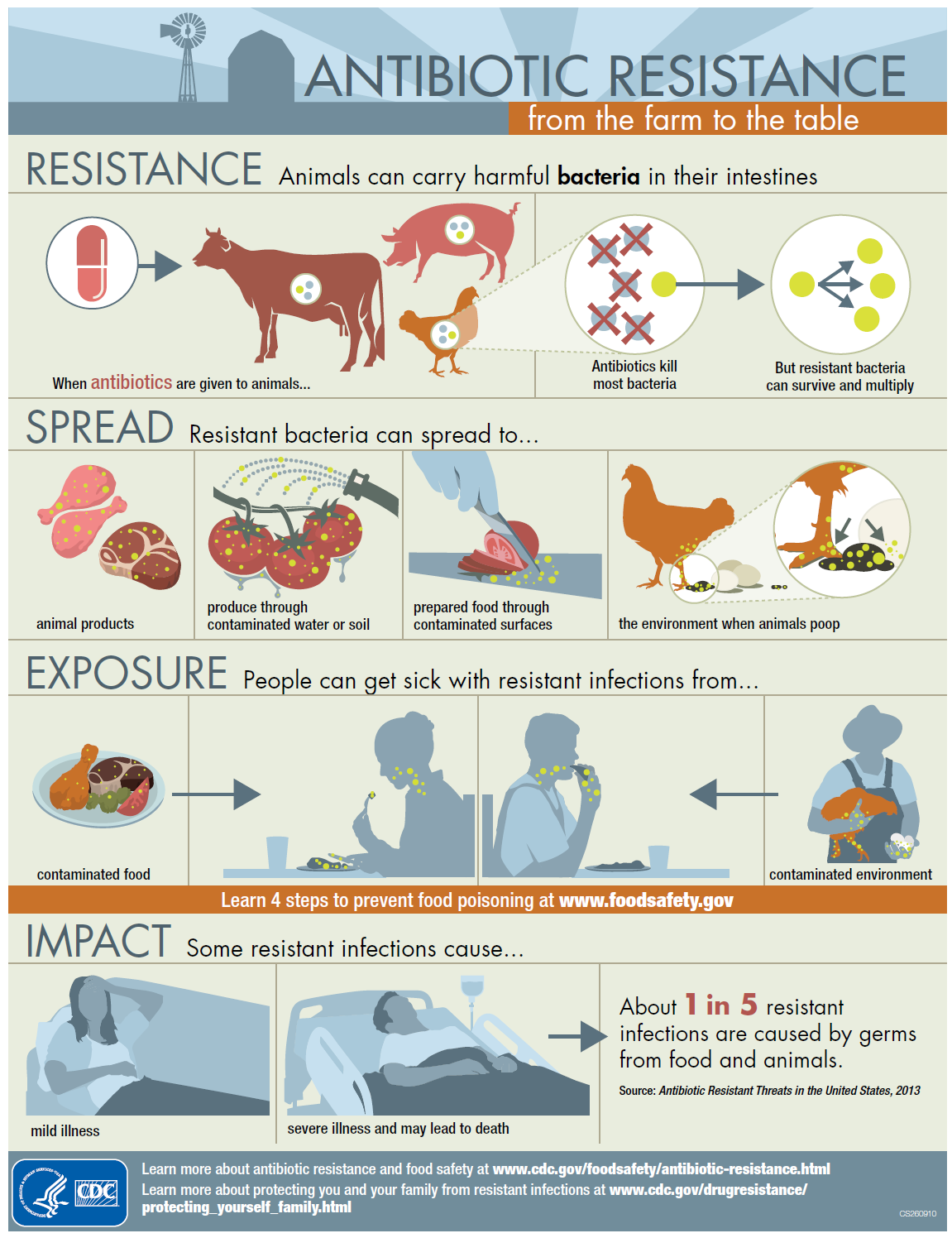The growth of antibiotic resistance (see story in March newsletter) predicted to cause 10 million deaths annually by 2050 is truly alarming. The unstoppable enemy in Star Trek called the Borg ominously intoned that “resistance is futile”. But antibiotic resistance is inevitable and modern medicine will be futile if we do not act.
Resistance to antibiotics is a natural phenomenon but the challenge today is how to manage the speed at which it develops and compromises the wonder drugs that save millions of lives — something we take for granted. “Antibiotic resistance is one of the biggest threats to global health, food security and development today,” states the WHO.
If we do not manage this complex issue, our collective mismanagement and complacency will squander the greatest asset in modern medicine. But there is hope if we act now.
Most of us have never experienced the pre-antibiotic environment where simple infections often lead to death. And looking ahead, neither have we faced a world where antibiotics are not effective and infections, surgeries and cancer treatments will carry huge risks.
Antibiotic resistance is a multi-dimensional problem and reaches into every corner of our lives as the CDC graphic below demonstrates.
While the problem springs from the overuse and misuse of these drugs in both human and animal medicine, animal agriculture is an under appreciated culprit in this equation. It appears that our addiction to cheap meat, produced by industrialized agriculture and the associated increase in antibiotic resistance is a significant part of the challenge.
Right now there are eight pathogen/treatment combinations, know as the “bug/drug” combinations. Over decades the effectiveness of the successive families of antibiotics designed to protect us has eroded at varying rates of decay aided and abetted by overuse and misuse in human medicine and animal agriculture.
The British Government’s O’Neill Report shows the alarming erosion of these first and second line medications and even the “drugs of last resort” that we rely on. And there is strong scientific evidence for the relationship between the overuse and misuse of antibiotics in animal agriculture and the growth of antibiotic resistance that threatens human health.
Solutions will involve a complex array of coordinated measures in medicine, animal agriculture systems and practices, drug manufacturing and food safety regulations, to name a few. Steps ranging from reducing the overuse and prohibiting the abuse of antibiotics in animal agriculture to the setting of safe levels of antibiotic residue in human, agricultural and drug manufacturing discharge systems will be major contributors to slowing down the growth of resistance.
But these major system changes require many major players to act together. What can any one person do to help address the problem?
The next time you get a sore throat, don’t demand antibiotics as treatment. UK data shows only 10 percent of sore throats would respond to antibiotics because most such infections are viral, yet 60 percent receive antibiotics. This phenomenon leads to 67 million unwarranted antibiotic prescriptions per year in the US. The main reason is that there is no rapid test that will show a doctor whether the infection will respond to antibiotics. Experts are racing to develop such a test to allow more accurate diagnoses, stop the wave of over-prescription and slow down the growth of resistance.
Another solution is what we eat. Pathogens exist in all of us and in every environment. But the factory farm/animal slaughter system is particularly pathogen-rich. Containment systems cannot prevent all infection from infiltrating our food systems.
This makes plant-based foods a very attractive alternative — even organically raised meat is less susceptible to this problem. And in the near future, the availability of clean meat, grown from animal cells in a bioreactor, will produce meat without the antibiotics and pathogens associated with the animal slaughter process. It’s called clean meat for a reason! As this process scales up, it will be one of the solutions to slowing down the growth of antibiotic resistance because clean meat will be produced without the need to medicate millions of animals in factory farms.
Sources: Two British government studies: Report on Antimicrobial Resistance, Oct. 2018, and the O’Neill Report: Tackling Drug-Resistant Infections Globally, May 2016.
Also reports from CDC, WHO, Save Our Antibiotics, WEF
For more information and a good summary of the issue, visit: saveourantibiotics.org


